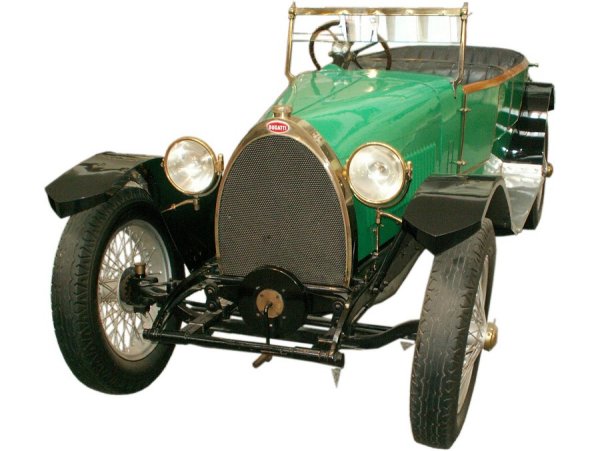


The size of his cars is already in the beginning much in contrary with the gloss that spreads Ettore Bugatti around himself. It is the time of his first trips to Paris, this time at a relatively modest place on the motor show, to be followed by even very many, not only to exhibitions. Bugatti is there already present relatively early with business premises.
The First World War 1914 interrupts production and sales success, it at least in this year could have brought to well over 300 cars, built by about 200 workers. Alsace is one at this time to Germany, but belongs at the end of the war to France. The factory produces for the German Wehrmacht (army).
A bizarre situation. The family is safe in Milan, Bugatti himself, the francophile, resides in a hotel in Paris and constructs aircraft engines. First he tried to interest the still neutral Italy for it, then the French state. The test runs very well and finally the U.S.A. will buy, but fly will the motors ultimately not.
After all, at war's end money for new developments is in the till and buried engines or parts of it are probably still there. Until the death of Ettore Bugatti there will be produced about 7800 cars and some railway vehicles. However, if enough money is made with a larger series, comes the development of a new prototype and the budget is balanced again. Thereafter, the company is continued for a short time by the youngest son Roland, then sold and sees its (temporary) end 1963. 02/09

